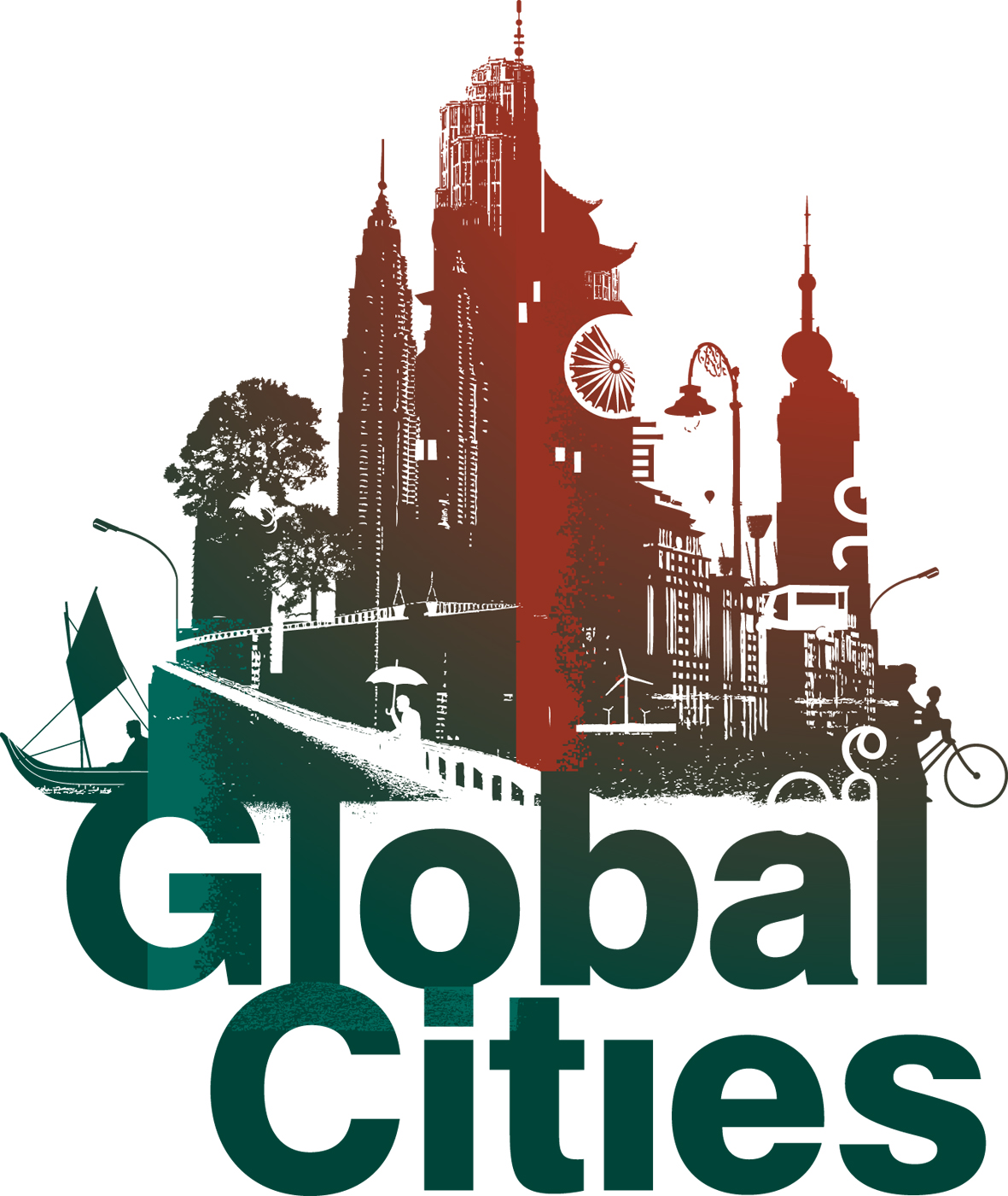
Member States have often looked weaker and weaker in the face of EU legislation, while cities like Amsterdam, Barcelona, Berlin, Madrid, Milan and so on have blossomed into prosperous global cities. The general feeling grew that power was moving up and down at the same time, empowering multilateral bodies as well as local communities.

Since local communities are both the problem and the solution for such challenges, highly connected communities began to discuss such aspects among themselves and confront their national governments, at times even opposing federal policies and laws. This has been particularly evident in specific fields, such as engagement against climate change and migration management. In recent years, we have repeatedly said that Global Cities across the planet have gone beyond playing a merely local role, gaining power and reputation through international networks and public debates. I would suggest four topics raised in this dossier: 1) Geopolitical function of cities 2) Chinese urban model 3) The Global City in the age of COVID-19 4) Importance of mitigating climate change. This makes it necessary to select specific issues to analyse the perspectives and challenges of cities in such a global framework.

This notion is itself questionable as China’s flagship geopolitical strategy is a huge project, probably the largest in the word, but the borders, partners and budget remain uncertain. This is the second such dossier focusing on a specific macro-region: in this case, the area covered by the “ Belt and Road Initiative” (BRI).

ISPI’s Global Cities Programme published a dossier on African cities a year ago.


 0 kommentar(er)
0 kommentar(er)
